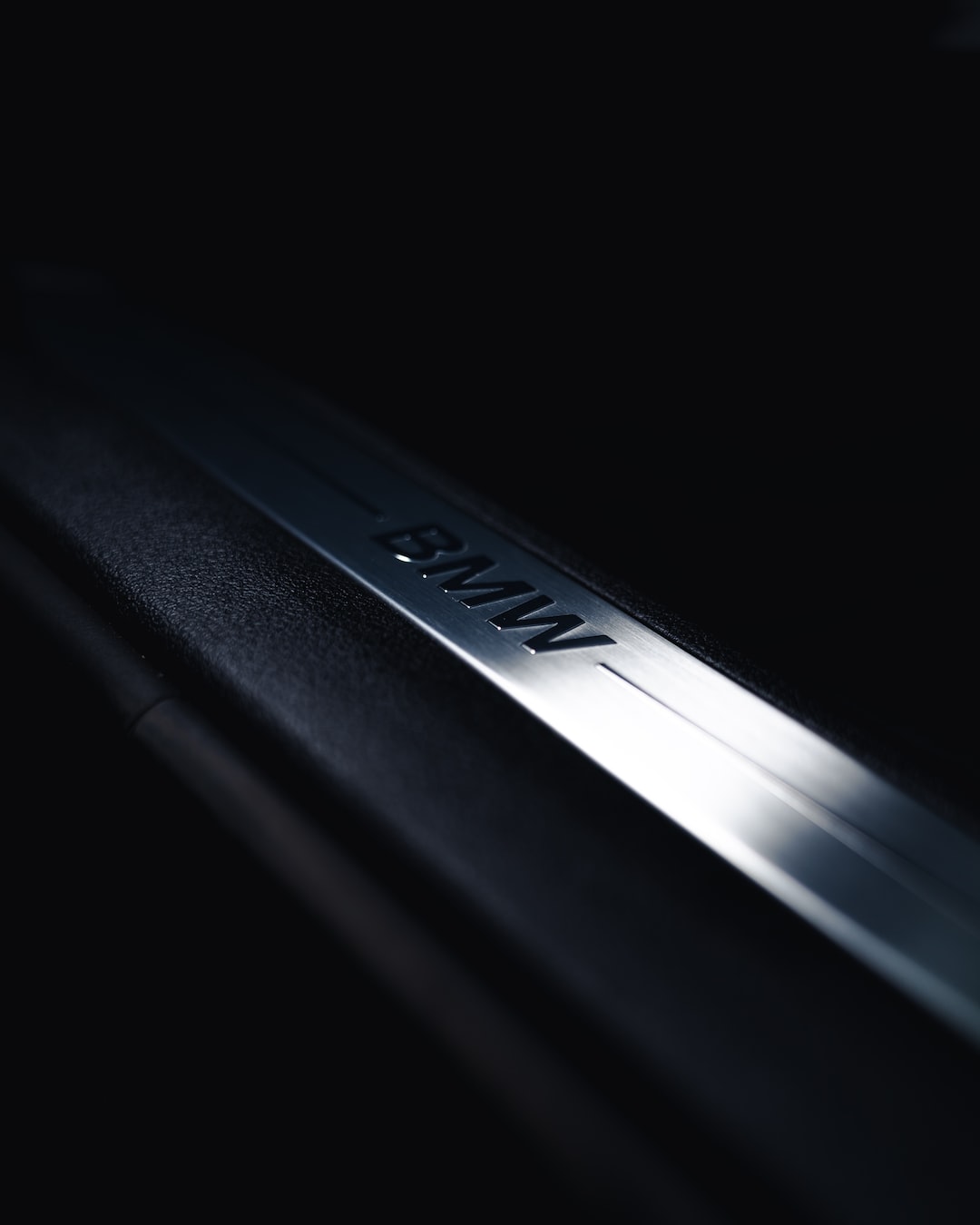Vintage car restoration is more than just a hobby; it is a labor of love. It involves the meticulous process of bringing a classic car back to its former glory, reviving its original beauty and charm. To truly appreciate the art of vintage car restoration, one must delve into its rich history and the passion that drives enthusiasts to embark on this challenging journey.
The history of vintage car restoration dates back to the early 20th century when the first mass-produced automobiles hit the roads. These early models were simple yet elegant machines that captured the imagination of many. As time passed, technology advanced, and these vintage cars became a thing of the past. However, their allure never diminished, and a dedicated group of car enthusiasts emerged, determined to keep their legacy alive.
Restoring a vintage car is a complex process that requires a deep understanding of automotive history, mechanical knowledge, and artistic skills. It starts with finding the perfect candidate – a classic car in need of restoration. This could be a forgotten gem hidden in a barn or a dilapidated vehicle that has seen better days. Regardless of its condition, passionate restorers see the potential in these neglected cars and take on the daunting task of breathing new life into them.
The restoration process involves meticulous attention to detail. Every component, from the engine to the interior upholstery, is carefully examined, rebuilt, or replaced to ensure authenticity and functionality. Restorers often face challenges in finding original parts, leading them to spend countless hours scouring junkyards, attending auctions, and searching through online forums. This dedication showcases their commitment to preserving the historical accuracy of the vehicle.
Beyond the mechanical aspect, vintage car restoration is an art form. Restorers strive to recreate the original aesthetic of the car, painstakingly matching the paint color and finish. Interior restoration involves sourcing period-correct fabrics and materials, ensuring that the car’s interior is as close to the original as possible.
What drives these enthusiasts to dedicate so much time, effort, and resources to vintage car restoration? Passion is undoubtedly the main factor. Restorers derive immense satisfaction from transforming a neglected vehicle into a stunning work of art that captures the essence of a bygone era. The sense of accomplishment and pride they feel when their restored car hits the road is incomparable.
Furthermore, vintage car restoration allows enthusiasts to connect with history. Each restored vehicle becomes a tangible piece of the past, a reminder of the craftsmanship and elegance that defined a particular era. Restorers take great pride in preserving these artifacts of automotive history for future generations to admire and appreciate.
In conclusion, exploring the history of vintage car restoration reveals a captivating journey fueled by passion, dedication, and love for classic automobiles. It is a labor of love that requires a deep understanding of automotive history and craftsmanship. By preserving these timeless vehicles, restorers pay homage to the past, enabling us to experience and enjoy the beauty and allure of vintage cars for years to come.

